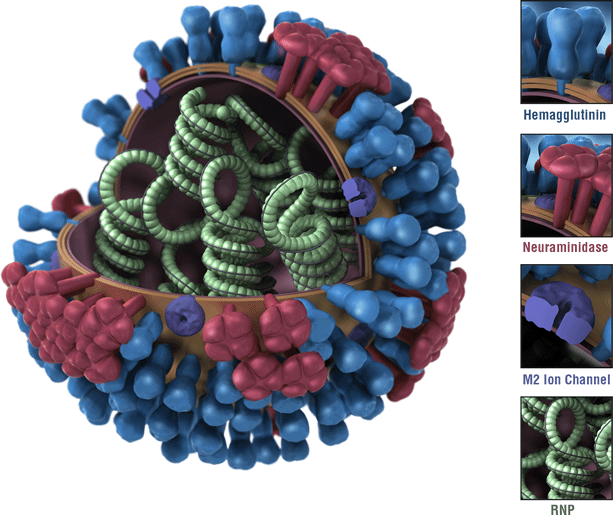

Influenza, commonly known as the flu, isn’t just a seasonal inconvenience; it’s a potentially severe respiratory illness caused by influenza viruses. The flu viruses primarily target the nose, throat, and sometimes the lungs, presenting a range of symptoms from mild discomfort to severe complications that, in some cases, can be fatal. Understanding the flu, its symptoms, and preventive measures is crucial to safeguarding against its impact.
Symptoms
The flu strikes suddenly and can encompass various symptoms, including fever or chills, cough, sore throat, runny or stuffy nose, muscle or body aches, headaches, fatigue, and occasionally vomiting or diarrhea—more common in children than adults. Notably, not everyone with the flu will experience a fever.
Transmission
The flu spreads mainly through tiny droplets released when infected individuals cough, sneeze, or talk. These droplets can land in the mouths or noses of those nearby. Additionally, touching surfaces contaminated with the virus and then touching one’s mouth, nose, or eyes can also lead to transmission.
Incidence and Contagiousness
2018 CDC study indicates that about 8 percent of the U.S. population on average contracts the flu each season, with children being the most susceptible group. The contagious period begins before symptoms emerge, with peak contagiousness in the initial 3-4 days of illness.
Complications and High-Risk Groups
Complications from the flu can escalate to bacterial pneumonia, sinus infections, and worsened chronic conditions like asthma or heart disease. Certain demographics, including individuals 65 and older, those with chronic medical conditions, pregnant individuals, and young children under 5, face higher risks of severe complications.


Prevention and Vaccination
Getting an annual flu vaccine is the most effective way to prevent the flu. Vaccination not only reduces the likelihood of falling ill but also mitigates the risk of severe complications and hospitalization. Besides vaccination, everyday preventive actions such as maintaining distance from sick individuals, practicing proper hygiene, and covering coughs and sneezes can significantly curb the spread of the virus.
Diagnosis and Treatment
Diagnosing the flu based solely on symptoms can be challenging. Specific tests are available for confirmation. In cases where individuals, especially those at higher risk, exhibit flu symptoms, seeking prompt medical attention is crucial. Antiviral drugs, when administered within 1-2 days of symptom onset, can alleviate symptoms, shorten illness duration, and reduce the risk of complications, particularly for those more susceptible to severe outcomes.
Sources:
Centers for Disease Control and Prevention
National Center for Immunization and Respiratory Diseases (NCIRD)
Key Facts About Influenza (Flu)
Last Reviewed: October 24, 2022


